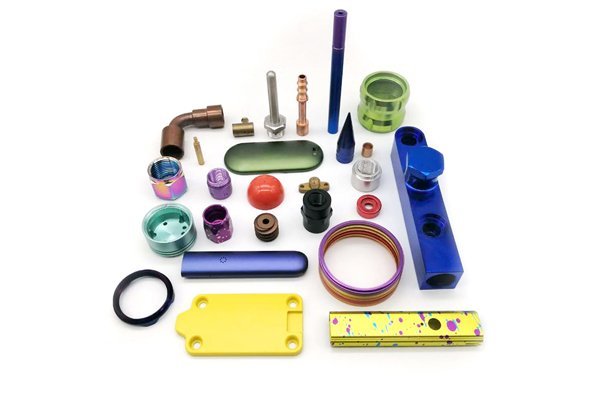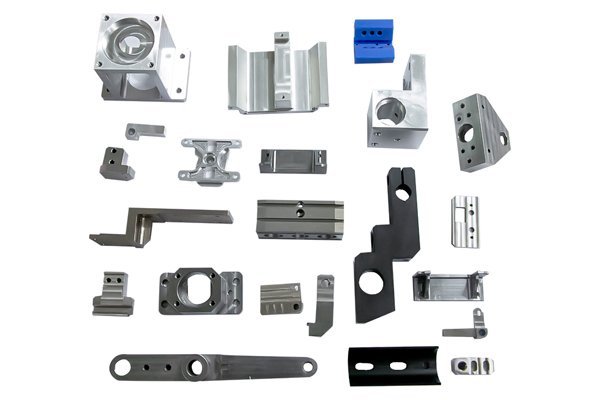Opening
Did you know that the global CNC machining market is expected to reach over $100 billion by 2027? As industries increasingly turn to innovative manufacturing technologies, CNC turning has emerged as a powerhouse for producing intricate prototypes, especially those with complex internal geometries. So, how can CNC turning be leveraged to create prototypes with such demanding specifications?
In an era where precision and rapid production are non-negotiable, CNC (Computer Numerical Control) turning techniques offer unparalleled solutions. The beauty of CNC machining lies not just in its capability to make externally complicated shapes, but also in its proficiency in handling the intricate details that might lie beneath the surface. This blog delves into how CNC turning techniques can create prototypes with complex internal holes, offering insights, techniques, and considerations that are integral to this sophisticated manufacturing process.
—
The Basics of CNC Turning
CNC turning involves the rotation of a workpiece on a spindle while a cutting tool advances to remove material—ideal for cylindrical parts. The integration of computer programming enhances this by allowing for complex designs, automated adjustments, and high precision in dimensions that are challenging to achieve with traditional manual turning.
Key Components of CNC Turning
Challenges in Creating Complex Internal Holes
Creating prototypes with intricate internal holes is not without its challenges. Among the most significant are:
Strategies for Effective CNC Turning of Complex Internal Holes

The code that drives CNC machines (G-code) must be correctly programmed to take into account the unique requirements of internal features. Proper compensation for tool wear, adjusting feed rates, and understanding how to program circular interpolations are all essential components of the programming phase.
The selection of the material is crucial. Different materials will respond differently during the turning process. For instance, metals like stainless steel may require different tooling and speeds compared to plastics, which may require a different approach altogether. Familiarizing oneself with the properties of the target material is key to achieving the best results.
Quality Control Measures
Maintaining quality throughout the CNC turning process is paramount, especially during the creation of complex internal features. Here are some useful quality control measures:
Real-World Applications
CNC turning’s efficacy in creating prototypes with complex internal holes has applications across varied industries:
In conclusion, CNC turning has proven to be a robust and efficient technique for fabricating prototypes with complex internal holes. Through advanced tooling techniques, smart software utilization, precise programming, and consistent quality control measures, manufacturers can achieve exceptional results that meet the demands of various industries.
As the market for CNC machining continues to grow, understanding the capabilities and best practices for using CNC turning will become increasingly critical. Whether you’re a seasoned engineer or a newcomer to CNC machining, exploring these techniques will not only enhance your capabilities but could also open doors to innovative product designs and enhanced production efficiencies.
To stay on the cutting edge of technology and competition, it’s imperative to keep these processes and technologies at the forefront of your thinking. Embracing the power of CNC turning in creating prototypes with complex internal geometries is not just a challenge; it’s an opportunity to lead in our rapidly evolving manufacturing landscape.
Let this blog prompt you to rethink your approach to CNC machining—because efficiency, precision, and innovation should be the cornerstone of any modern manufacturing strategy.






